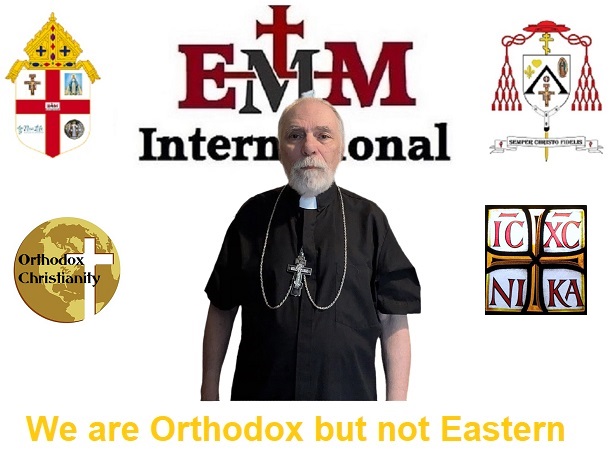
Orthodox noetic prayer, also known as the prayer of the heart, is a deep, contemplative form of prayer rooted in the nous, or spiritual mind, that aims for a direct, spiritual perception of God, rather than a rational or emotional experience. It involves a continuous, heart-centered awareness of God’s presence, often practiced through the Jesus Prayer: “Lord Jesus Christ, Son of God, have mercy on me,” and requires the guidance of a spiritual father and participation in the life of the Church.
What Noetic Prayer Is:
- Spiritual Perception: It’s a direct awareness of God, not through the senses or intellect, but through the deepest part of the spiritual person (the nous).
- Heart-Centered: It is prayer “of the heart,” originating from the innermost being and involving deep compunction and love for God.
- Unceasing: The goal is to pray with every breath and heartbeat, achieving ceaseless prayer.
- Affirmation: It’s a state of affirming one’s relationship with God and being receptive to His mercy and love.
- A Gift: It is considered a gift of the Holy Spirit and is not granted to everyone.
What Noetic Prayer Is Not:
- Not Rational or Emotional: It is distinct from mental or verbal prayer, which involves rational thought, or prayer that relies on sensory feelings or emotions.
- Not Individualistic: It presupposes participation in the life of the Church, including sacraments and obeying a spiritual guide.
How It Is Practiced:
- The Jesus Prayer: This is a key practice, often repeated with the words “Lord Jesus Christ, Son of God, have mercy on me”.
- Spiritual Guidance: A spiritual guide, such as a priest or monk, is essential for proper cultivation of this prayer.
- Humility: It requires humble submission and a focus on the prayer itself, rather than on feelings or sensations.
Participation in Church Life: Adherence to the Church’s teachings, sacraments, and commandments are foundational.
Benefits:
- Deepens Awareness of God: It cultivates a profound and direct connection with the Divine.
- Transformative: It can lead to a transformation of consciousness and a deeper spiritual life.
- Cultivates Love: It fosters a fervent love for God and a deeper understanding of His mercy.
Orthodox Noetic Prayer
Thinking Putting it all together Orthodox noetic prayer is a type of ceaseless, interior prayer aimed at uniting the mind (\(nous\)) with the heart to achieve a state of spiritual watchfulness and union with God. It is not a technique for all Orthodox Christians but a mystical practice primarily for monastics, undertaken under the careful guidance of a spiritual father.
Key components of noetic prayer
- The Jesus Prayer: The most common form of noetic prayer is the repetitive invocation of the Jesus Prayer: “Lord Jesus Christ, Son of God, have mercy on me, a sinner”. The focus is not on the repetition itself, but on concentrating the mind’s attention on the words of the prayer and bringing that attention down into the heart.
- The \(Nous\) (Mind): In Orthodox theology, the \(nous\) is the deepest spiritual faculty of the human soul, the “eye of the heart” created to contemplate God. Noetic prayer is the process of returning this faculty to its proper state of inner stillness and watchfulness.
- The Heart: The heart is considered the spiritual center of the human being, the place where God’s grace resides. Noetic prayer involves a humbling of the mind so that it descends into the heart, allowing the prayer to be truly integrated into one’s being.
- Watchfulness (\(Nepsis\)): This is a state of spiritual sobriety and alertness of the mind, which is cleansed from wandering thoughts and distractions. \(Nepsis\) is the antidote to the mind’s tendency to scatter and become entangled in worldly matters.
- Guidance from a spiritual elder (\(Starets\)): Practicing noetic prayer without proper spiritual direction is discouraged. The counsel of an experienced spiritual guide is considered essential to navigate the process and avoid the pitfalls of spiritual delusion (\(prelest\)).
The purpose of noetic prayer
- Sanctification and Union with God: The ultimate goal is to purify the mind and heart, allowing for a deeper union with God.
- Cultivating a Contrite Heart: True noetic prayer is not a technique but an expression of a humble, repentant heart. Without genuine repentance, any method of prayer, including breathing exercises, is considered ineffective.
- Inner Peace: Through persistent practice, the believer is enabled to overcome anxiety and the distractions of the world, gaining a sense of God’s continuous presence.
Key differences from other meditative practices
Orthodox theology is explicit that noetic prayer is fundamentally different from other meditative or Eastern religious techniques. While other forms of meditation may focus on emptying the mind or achieving a detached state, noetic prayer is the active, humble invocation of the name of Christ with the aim of drawing closer to Him and receiving His grace.
Google AI
